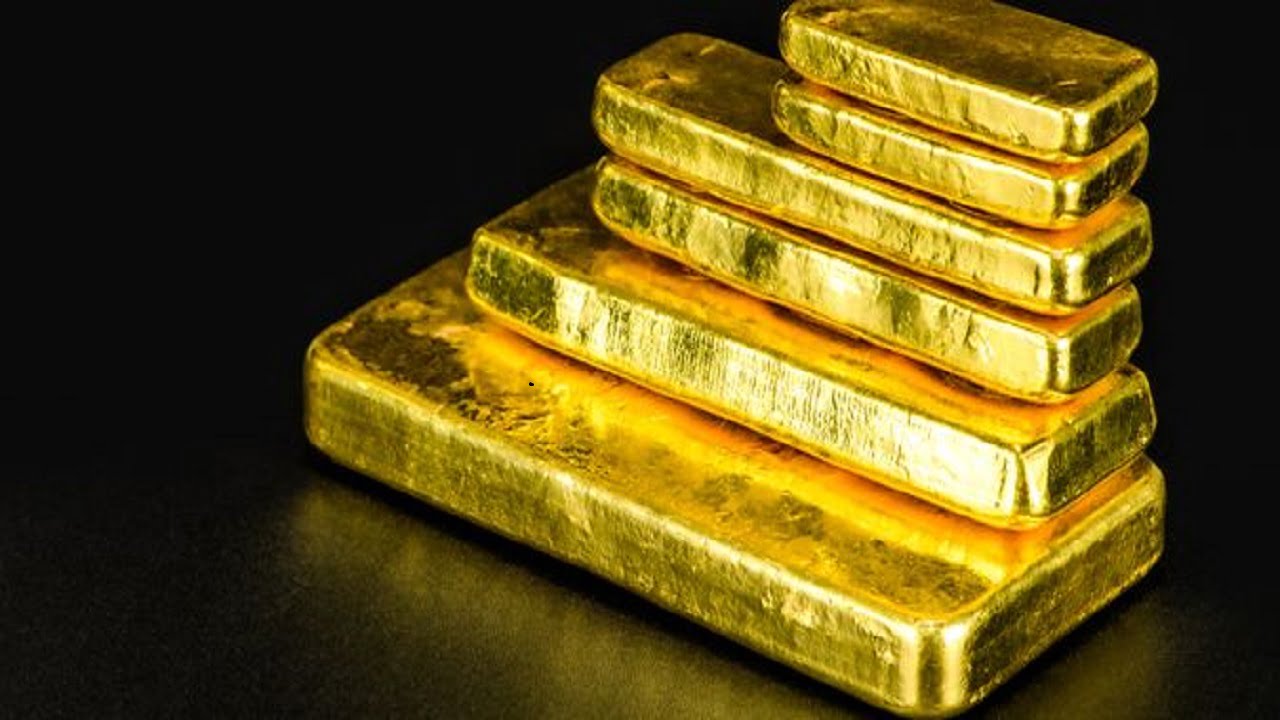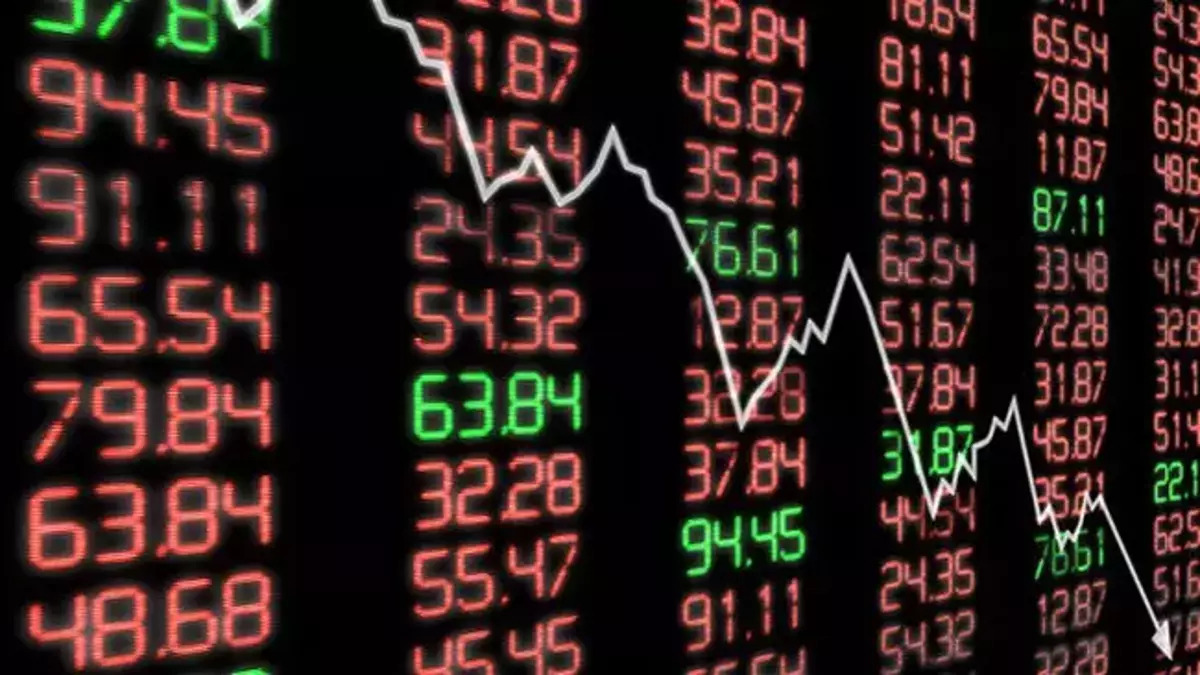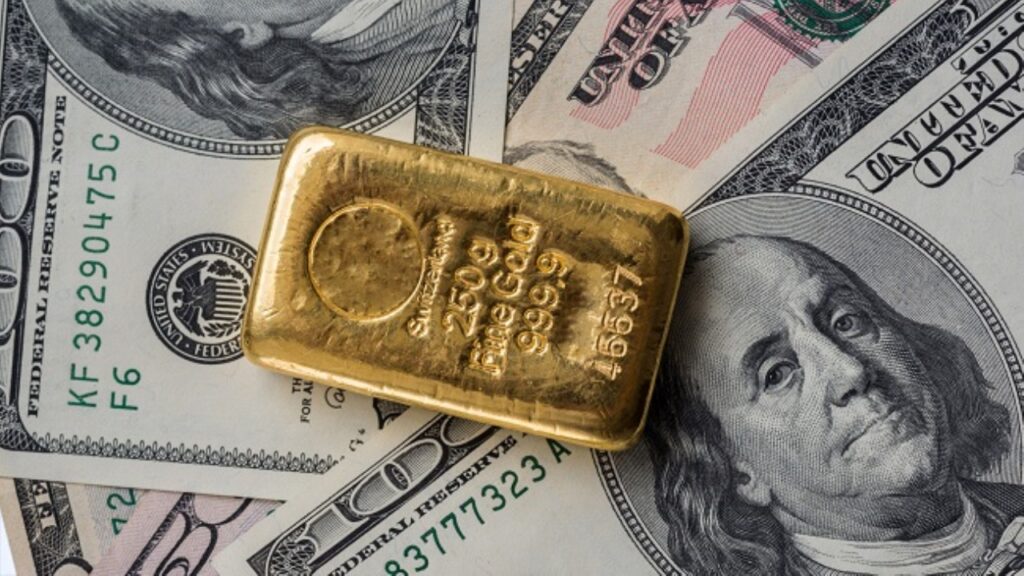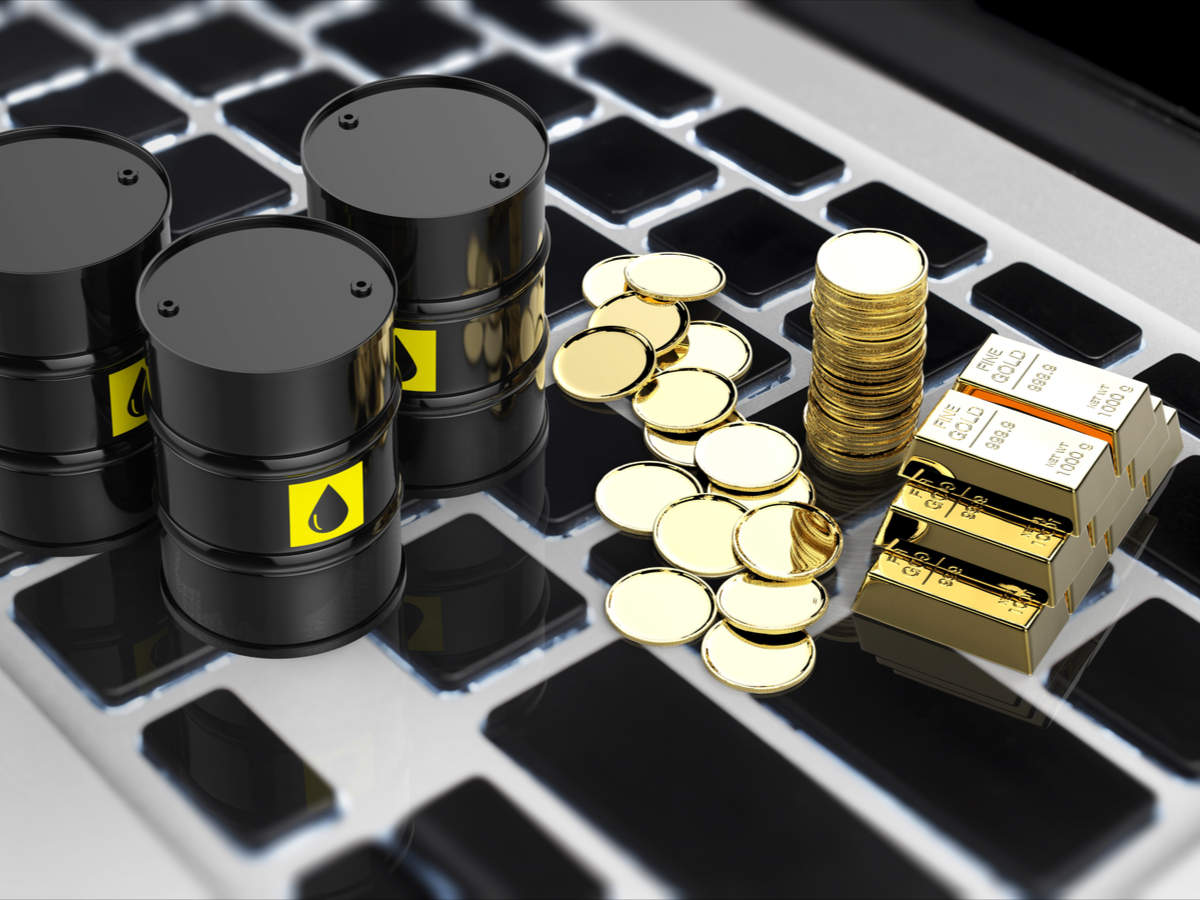The gold market continues to struggle below $1,900. But over the long term, one analyst says there is still a lot of value in the precious metals space and it’s only a matter of time before gold and silver rise as investors are underpricing the risk of recession this year.
“Gold will continue to shine in 2023”
Thorsten Polleit, Degussa’s chief economist, says he expects gold to continue to shine through 2023 as investors try to maintain their purchasing power and hedge against rising economic uncertainty. In its official price forecast, Polleit notes that gold prices have risen to $2,200 and the 2023 average price of an ounce is $2,000. At the same time, he expects silver prices to peak at an average of $26 to $29 this year.
Polleit states that gold continues to rise significantly as inflation continues to be a significant threat to consumers and the global economy. As consumer prices fell from last summer’s highs, Polleit says central bank tightening has reduced the global real money supply and liquidity in the global economy.
He adds that the falling money supply ultimately has the same effect on consumers as rising consumer prices. Polleit said, “As the money supply shrinks, the price of goods rises. People still have less purchasing power than they did a year ago. And that will be a huge barrier to growth,” he says.
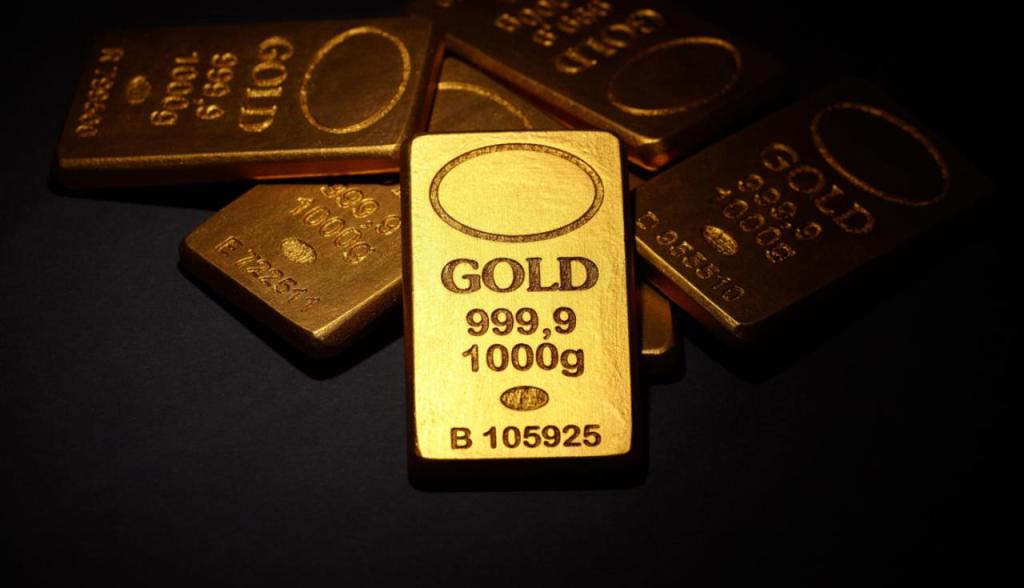
“Fed’s hawk stance is up to a point!”
Thorsten Polleit notes that after releasing massive amounts of liquidity in 2020 in response to the global Covid-19 pandemic, central banks around the world are now trying to put the genie back in the bottle, risking a new recession in the process. Meanwhile, it’s worth noting that the Federal Reserve’s M2 money supply has increased by 40% since the end of 2019. Polleit also says that the money supply of the European Central Bank has increased by 25%. “Central banks have a lot of liquidity to buy back and it will be painful; It will reduce consumption,” he says.
cryptocoin.com So far this year, markets have largely rejected the idea of a recession as the labor market remains healthy. But Polleit says one reason investors aren’t worried about a recession is because they know the Fed’s hawkish stance can only go so far. In this regard, Polleit makes the following statement:
The reality is that the markets already have no confidence that central banks will normalize their monetary policy. Markets can no longer function without a safety net provided by central banks. We’ll see the Fed quickly remove that safety net as problems begin to mount in the U.S. economy.
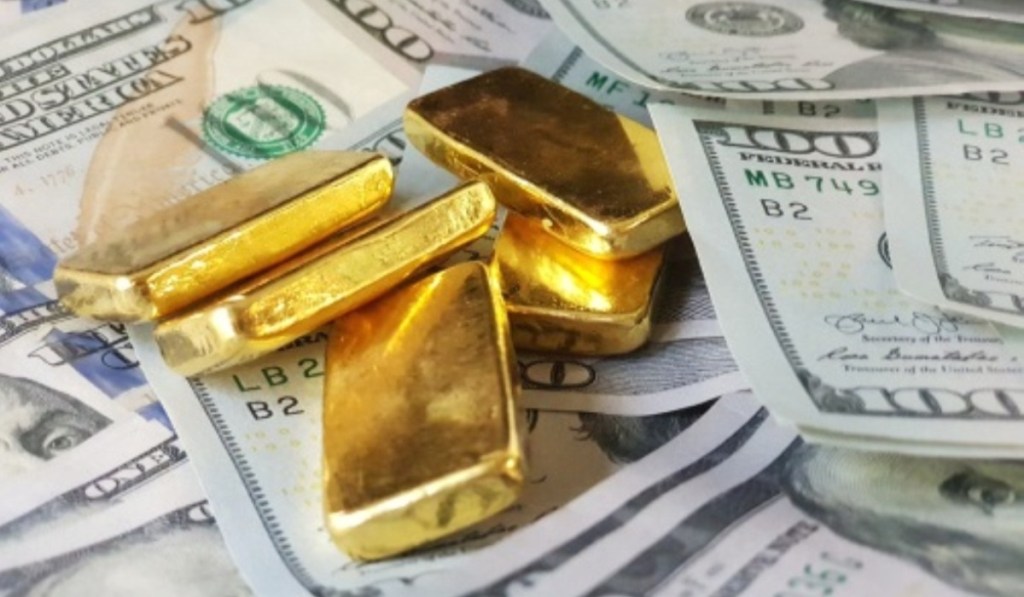
“This situation is unsustainable!”
Despite hawkish comments from some members of the Federal Reserve, Polleit says he does not expect the central bank to raise interest rates to 5%. He adds that if the market turmoil is bad enough, it could cut rates by the end of the summer. It’s also important for the US government’s growing debt to contain further aggressive actions by the Fed. Polleit notes that when interest rates fell below 1% in 2021, the government paid about $350 billion to pay off its debt. The economist explains:
When interest rates drop to 5% and you need to raise $31 trillion in funds, you’ll end up paying $1.2 trillion in debt. The American defense budget is only around $800 billion. This is unsustainable.
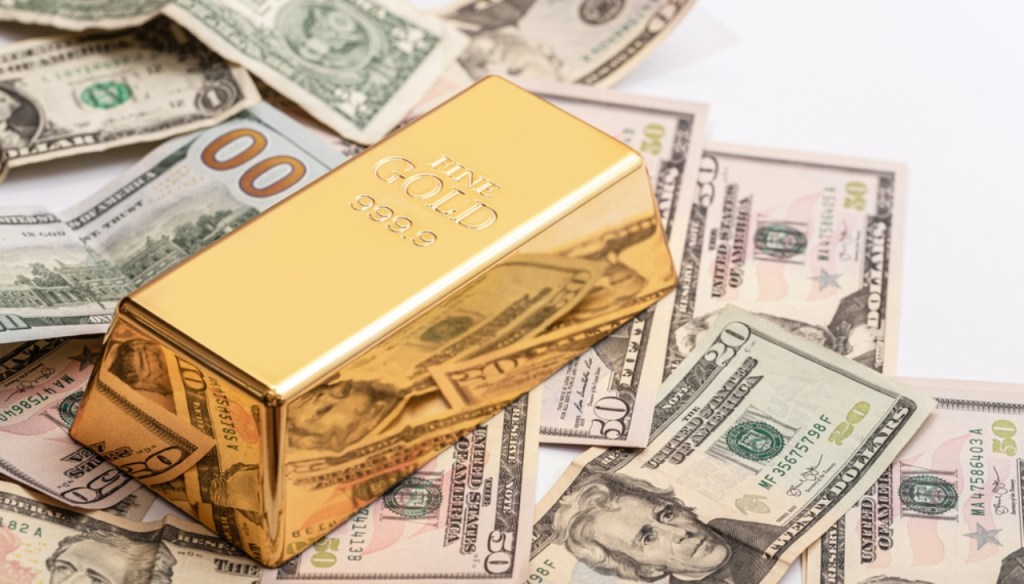
“Gold is still cheap given the current conditions”
A natural cap on interest rates, Polleit says, gold will remain an attractive asset. He adds that he doesn’t see a vital role for government bonds in a traditional portfolio. “I don’t think holding bonds is a very good long-term solution. Because real interest rates will remain negative,” he says.
As for how investors should build their portfolios, Polleit says he likes to hold about 60% globally in diversified stocks or ETFs and the other 40% in precious metals. He states that he will keep about 70% of his precious metals in gold and the other 30% in silver. Finally, Polleit adds:
If you are wondering if the current gold price is a good buy, I would say that in the long run, gold is still cheap given the current conditions.




